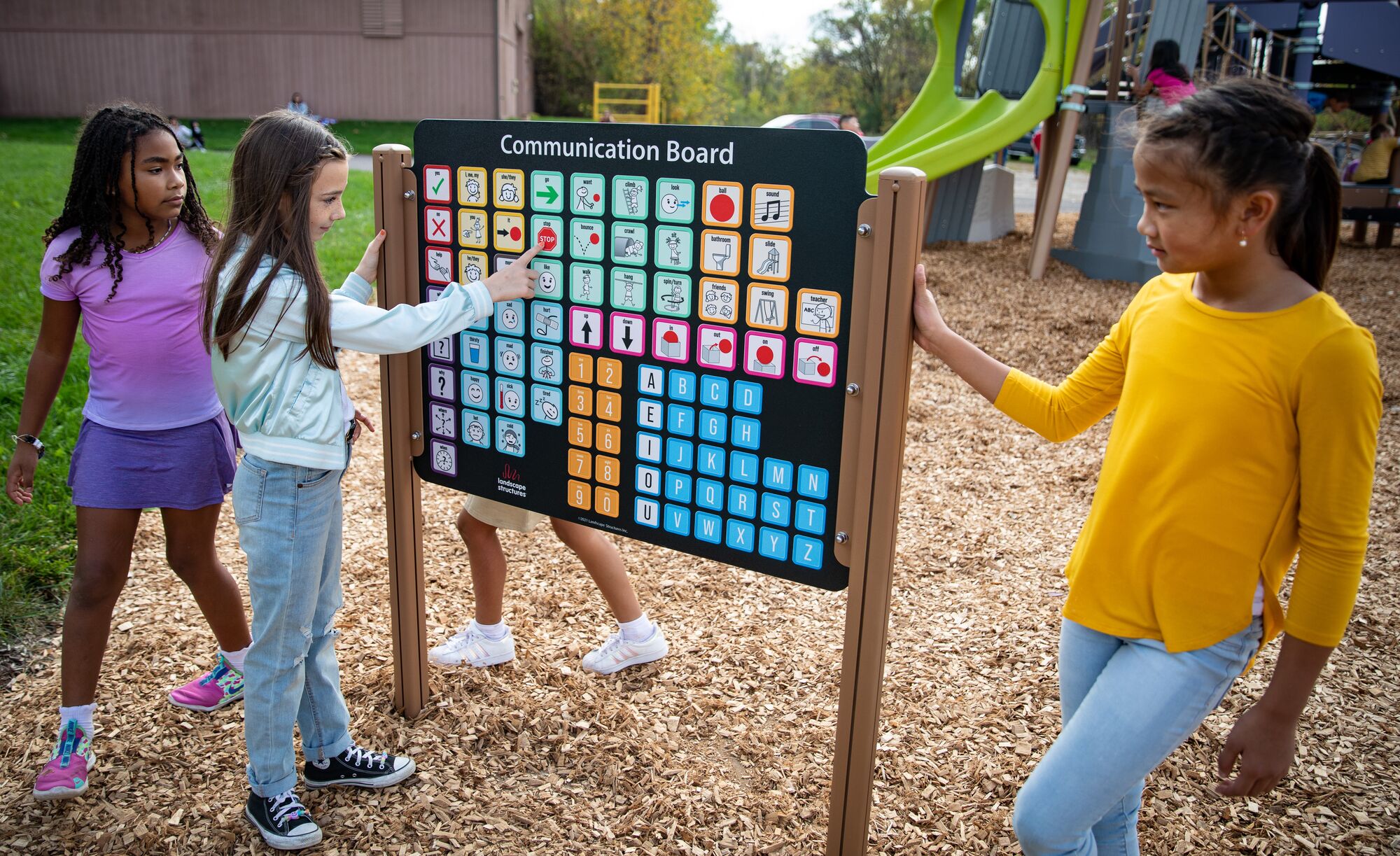Playground design has been evolving to become more inclusive and inviting for children and their caregivers of all abilities. Play is not only fun, but it’s also an essential part of a child’s development and critical for the successful growth of both the brain and the body.
That’s why we’ve drawn on the expertise of child development professionals to help us explore new avenues that allow for all children to fully participate in play together. Our work doesn’t just focus on playstructures and activities that are accessible to children with physical disabilities, but also those who may have sight or hearing impairment, intellectual disabilities and developmental disabilities.
For individuals who are non-verbal, speech-challenged or early-learners—or perhaps are non-English speaking—their inability to share ideas, feelings and needs can be frustrating and may keep them from socializing with others at the playground. That’s why we’ve introduced the new Symbol Communication Sign to be placed at the entrance to play areas, which will ensure every child, family member and caregiver is allowed to further their expression, interaction and communication.
With guidance from experts in Augmentative and Alternative Communication (AAC) and Inclusive Design, we developed the Symbol Communication Sign to include pictures representing nouns/pronouns, verbs, feelings, activities, and playground events as well as letters and numbers. The graphics are universally understandable and easy to use, arranged left-to-right as one would build a sentence and use industry-standard colors representing different types of words. The DigiFuse® graphics are printed on both sides of the Symbol Communication Sign.
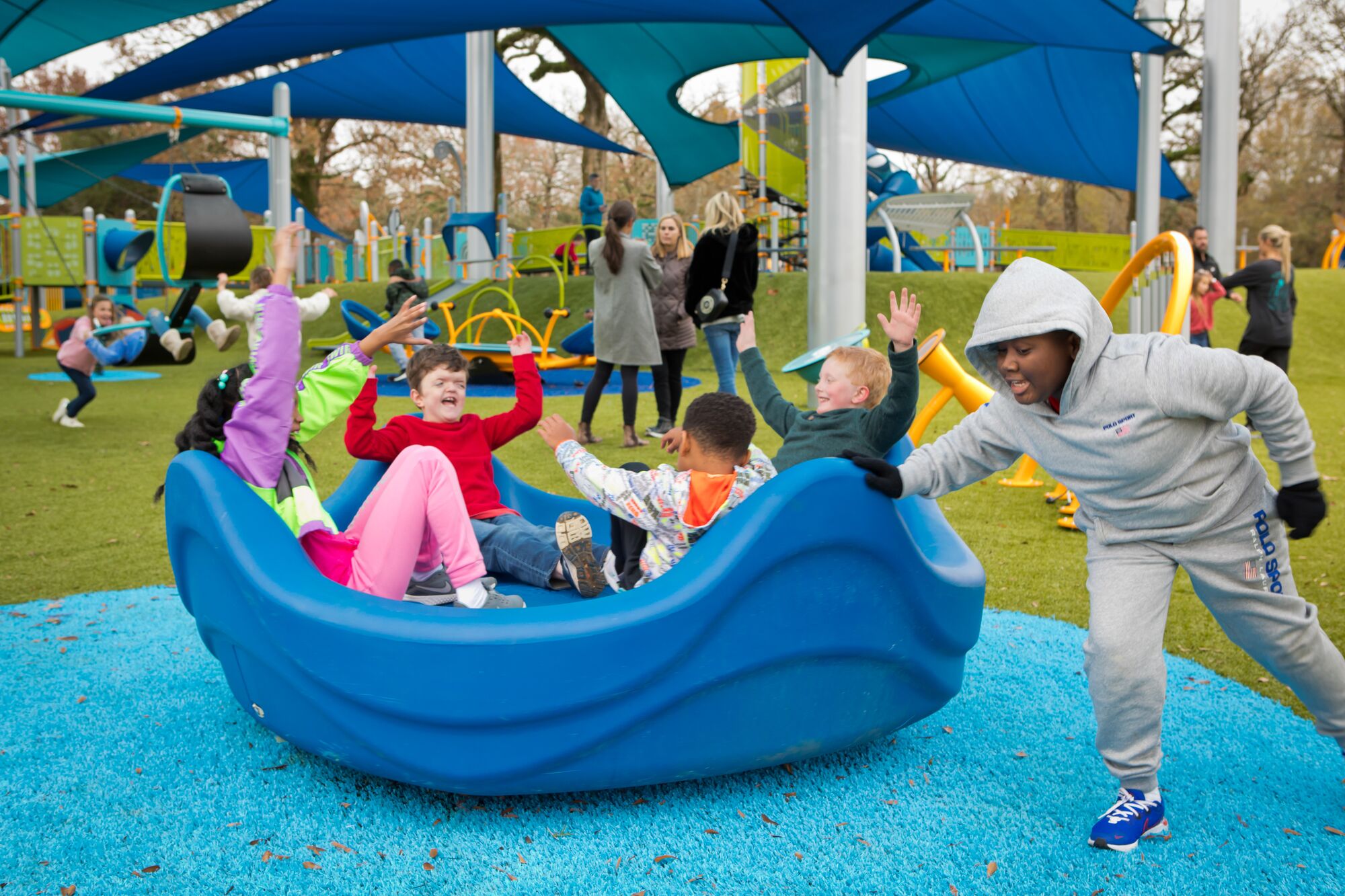
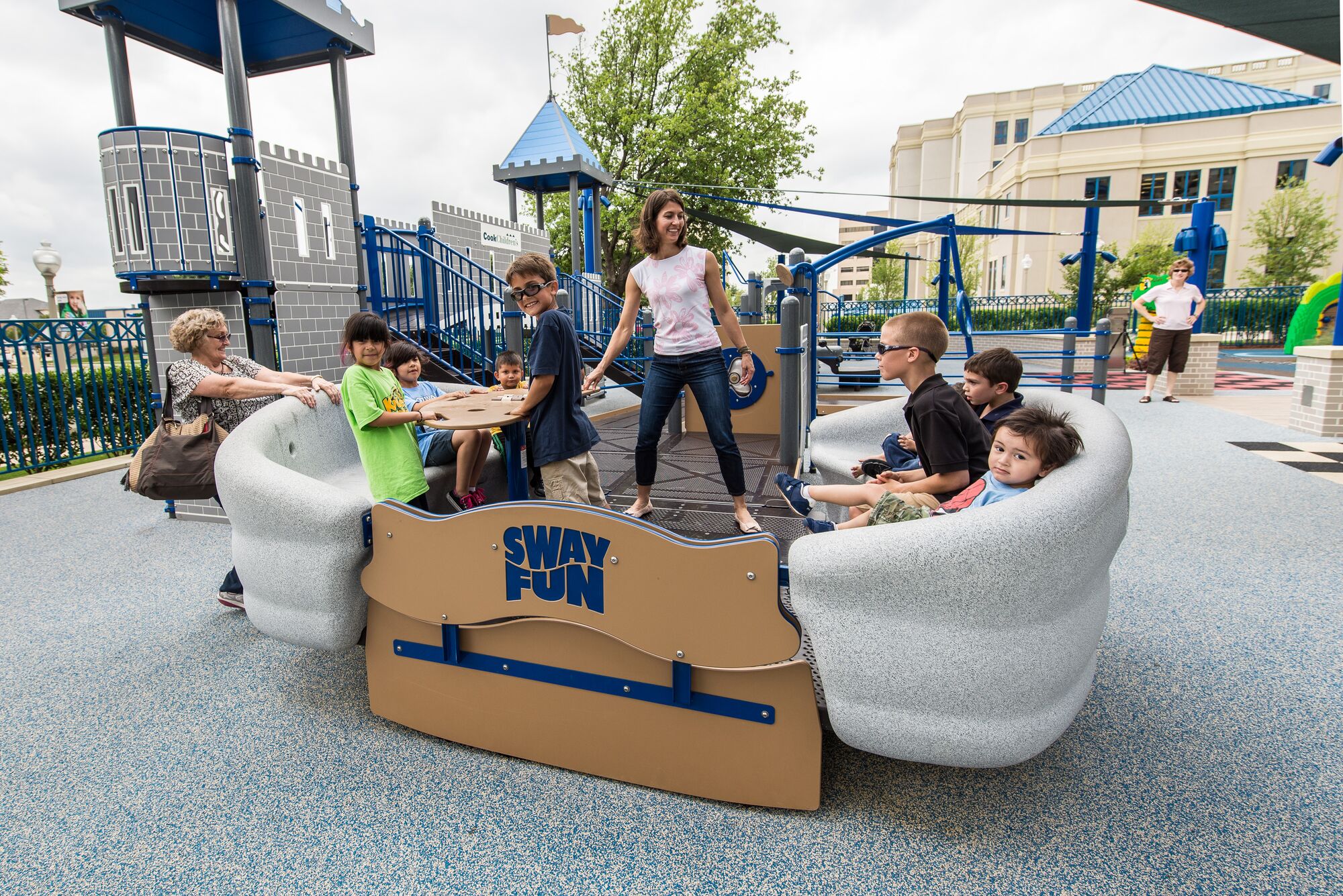
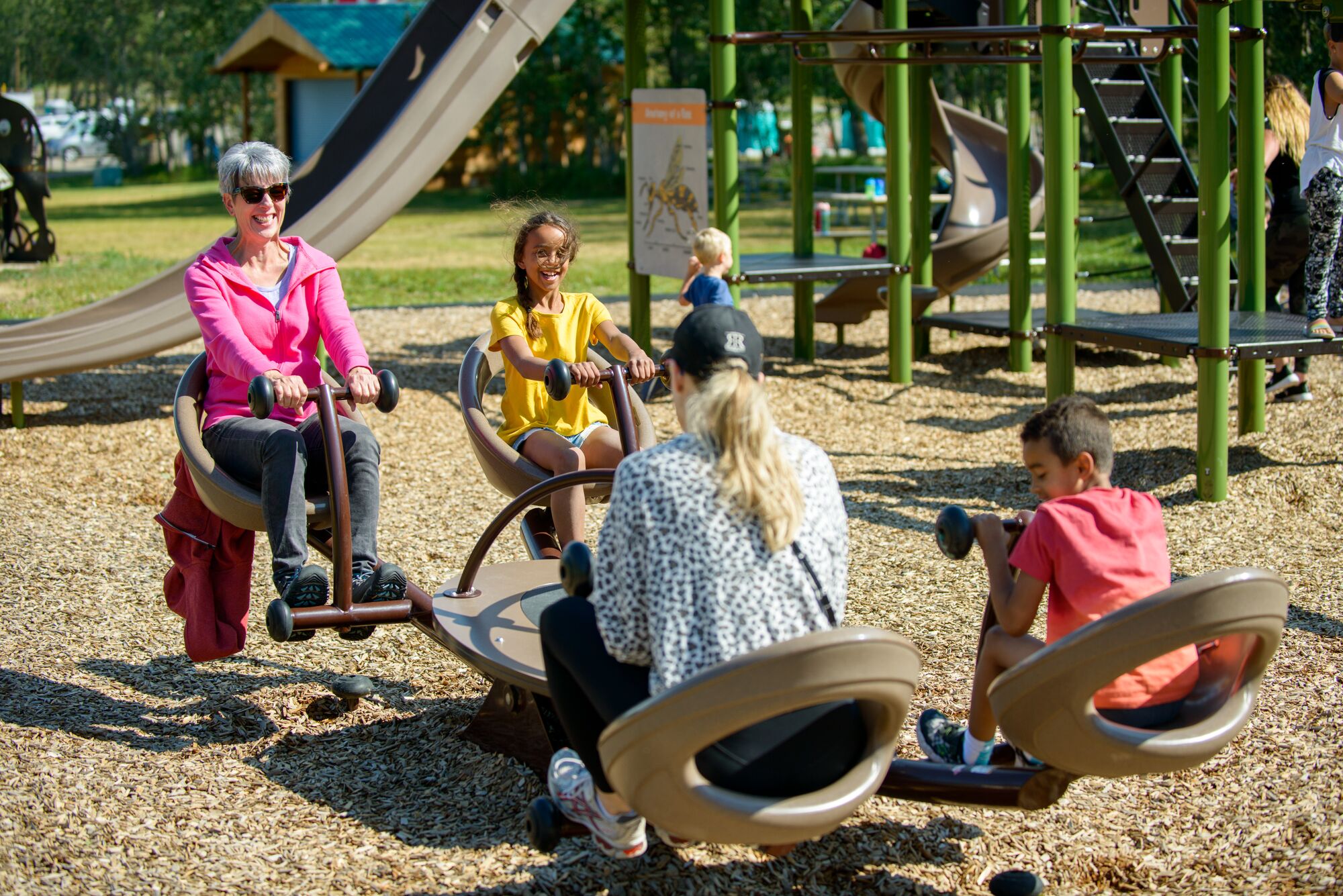
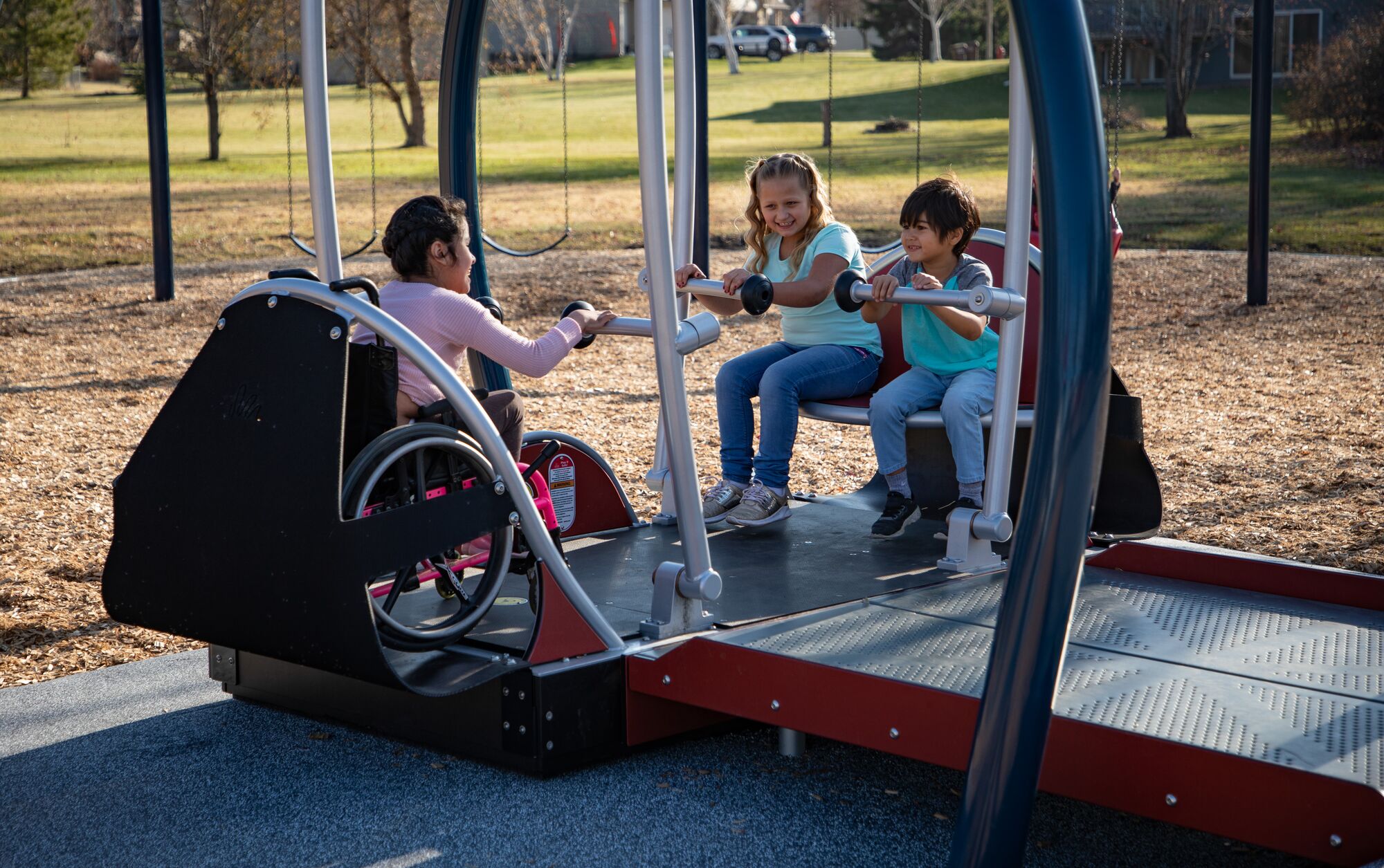
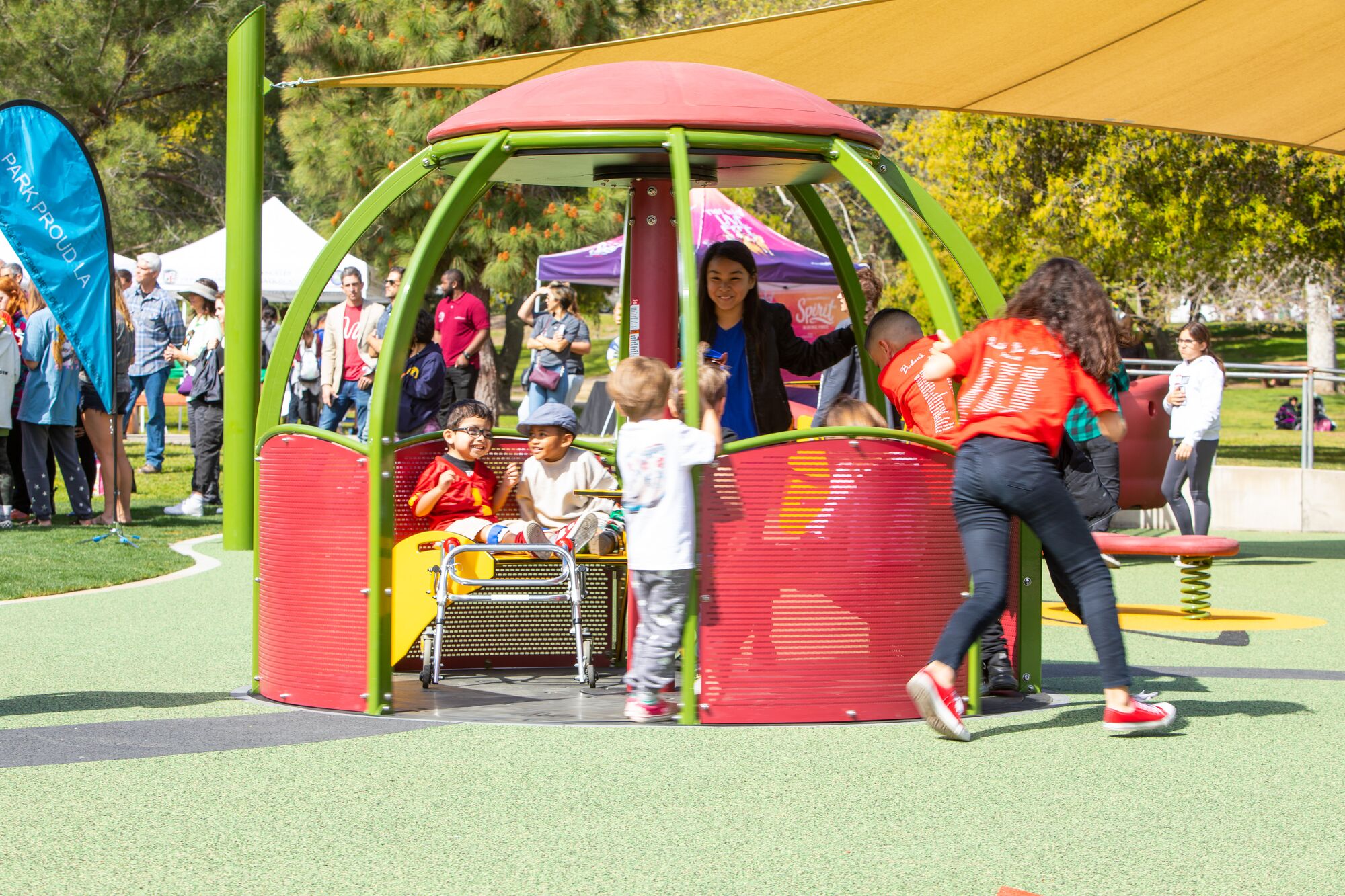
We’re committed to providing play experiences for children of all abilities. Our inclusive play design philosophy, which addresses the accessibility, age and developmental appropriateness, and sensory-stimulating activity, and other inclusive play product innovations like the We-Go-Swing®, We-Go-Round®, We-saw™, OmniSpin® spinner and Sway Fun® glider, we’re helping bring children with and without special needs together to play, learn and grow on the playground. Learn more at playlsi.com.

